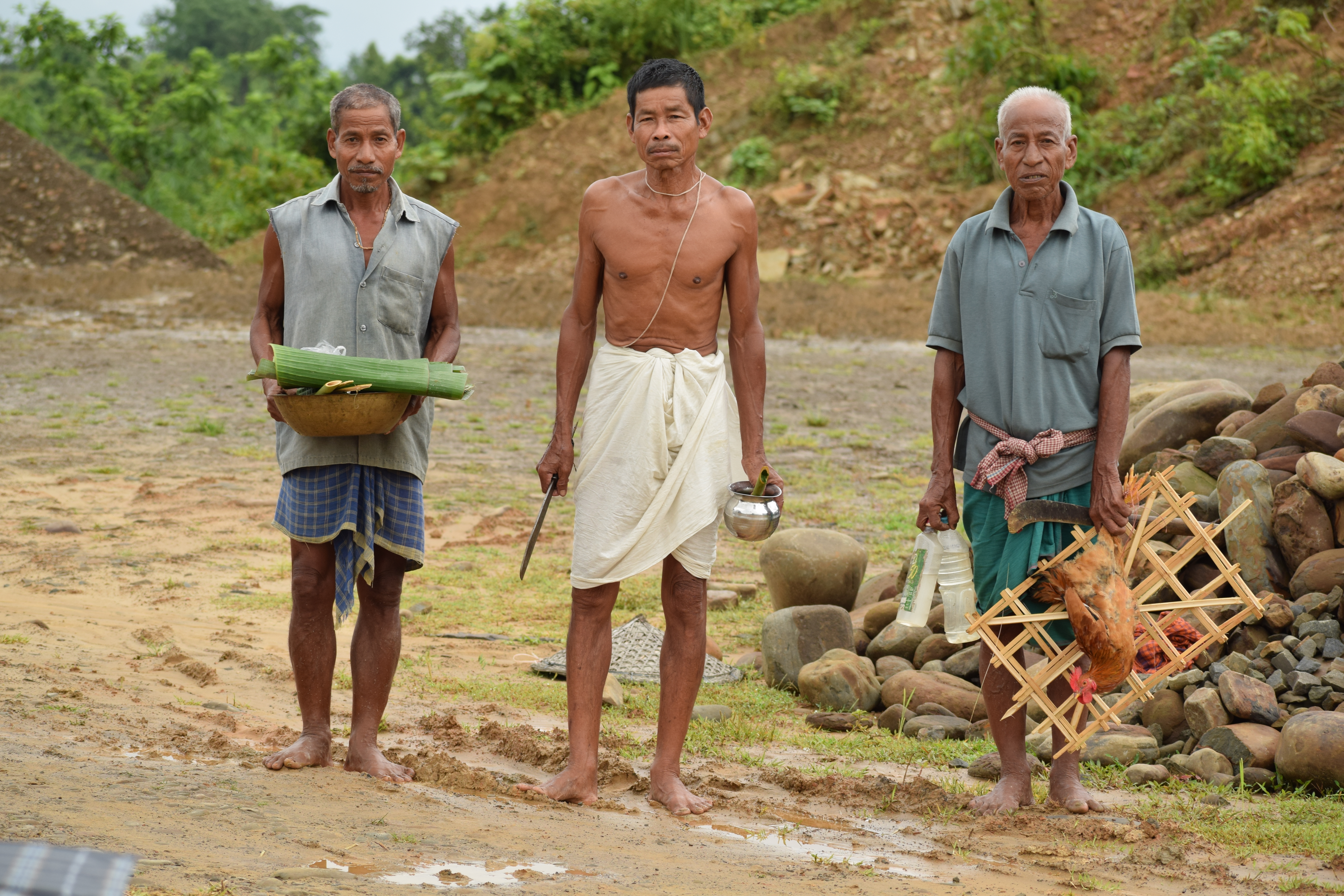Barmans In Cachar on:
[Wikipedia]
[Google]
[Amazon]
The Dimasa Kachari plains tribe of Cachar are known as Barman, forming one of the indigenous tribes of undivided Cachar (including Dima-Hasao, 

 They came close to the mainstream of the Sanatana (aka
They came close to the mainstream of the Sanatana (aka
Hailakandi
Hailakandi (pron:ˈhaɪləˌkʌndi) is a town and the district headquarters of Hailakandi district in the Indian state of Assam. Hailakandi is located at .
Demography
According to the 2011 census, Hailakandi had a population of 33,637. Most ...
and Karimganj
Karimganj is a city in the Karimganj District of the Indian state of Assam. It is the administrative headquarters of the district.
Karimganj city is located at . The area of Karimganj city is 16.09 km2. It has an average elevation of 13 ...
). The Dimasas, inhabiting in the Cachar district are officially recognized as one of the Scheduled Tribes under the plains category in Assam
Assam (; ) is a state in northeastern India, south of the eastern Himalayas along the Brahmaputra and Barak River valleys. Assam covers an area of . The state is bordered by Bhutan and Arunachal Pradesh to the north; Nagaland and Manipur ...
in the name called “Barmans in Cachar”.

Historical Background
In the sixteenth century, a Koch principality was established in Khaspur over the area wrested from Tripura by Chilarai who made it a “crown colony” of Koch Behar under Uparaja who later declared his independence and formed the Kingdom of Khaspur. However, since the beginning of the eighteenth century this Kingdom was on its decline; its last ruler Bhimsingha was growing old with no male heir. His only daughter Kanchani was given marriage to the Dimasa prince Lakshmi Chandra in 1745 A.D. Shortly after the demise of Bhimsingha, the two states (Maibang and Khaspur) were merged and the capital of Dimasas was shifted from Maibang to Khaspur, near Silchar, the Cachar valley or South Cachar became the core area of the Dimasa state. The North Cachar Hills (present Dima-Hasao) was administered by a Dimasa governor and Central Cachar (Nagaon portion) through an Aditya or Sezwal. Members of the royal family and a large number of the aristocracy moved to the plains Cachar. The aristocracy which settled in Cachar formed a Hindu caste called BARMAN and consecrated as Kshatriya by Brahmanas and allowed to put on sacred threads (Janeo).Religion

 They came close to the mainstream of the Sanatana (aka
They came close to the mainstream of the Sanatana (aka Hindu
Hindus (; ) are people who religiously adhere to Hinduism. Jeffery D. Long (2007), A Vision for Hinduism, IB Tauris, , pages 35–37 Historically, the term has also been used as a geographical, cultural, and later religious identifier for ...
) religious life by replacing their many age-old customs and rituals with Sanatana practices, later they were grouped to Kshatriya
Kshatriya ( hi, क्षत्रिय) (from Sanskrit ''kṣatra'', "rule, authority") is one of the four varna (social orders) of Hindu society, associated with warrior aristocracy. The Sanskrit term ''kṣatriyaḥ'' is used in the con ...
and referred to as Barman. Even then they retained some of their age old animistic customs and rituals which they still practice. Like most of the indigenous peoples, the animistic perspective is so inherent that they do not even have a word in their language that corresponds to "Animism
Animism (from Latin: ' meaning ' breath, spirit, life') is the belief that objects, places, and creatures all possess a distinct spiritual essence. Potentially, animism perceives all things— animals, plants, rocks, rivers, weather syst ...
" (the term, which is an anthropological
Anthropology is the scientific study of humanity, concerned with human behavior, human biology, cultures, societies, and linguistics, in both the present and past, including past human species. Social anthropology studies patterns of behav ...
construct).
Language
The mother tongue of Barmans is Dimasa. From the four major dialects of Dimasa, i,e, Hasao, Hawar, Dembra and Dizuwa (aka Dijuha), the Barmans speak the Hawar dialect. Linguistically, it comes under Barish (aka Bodo-Garo or Bodo-Koch) section of Baric (aka Sal or Bodo-Konyak-Jinghpaw) division of Tibeto-Burman language family.Clans
The Barmans of Cachar have 40 patri clans called Sengphong /seŋpoŋ/ and 42 matri clans called Julu /zulu/. Both clans are exogamous in nature apart from the matrimonial relationship. A male member of Barmans inherits his father's Sengphong and mother's Julu (aka Jilik) but he handed down only the Sengphong to his lineage, not his Julu. Similarly, a female member inherits both the clans from parents but she handed down only one clan, that is, her mother's Julu.References
{{Reflist Cachar district Dimasa people Ethnic groups in Northeast India Languages of Assam Sino-Tibetan-speaking people